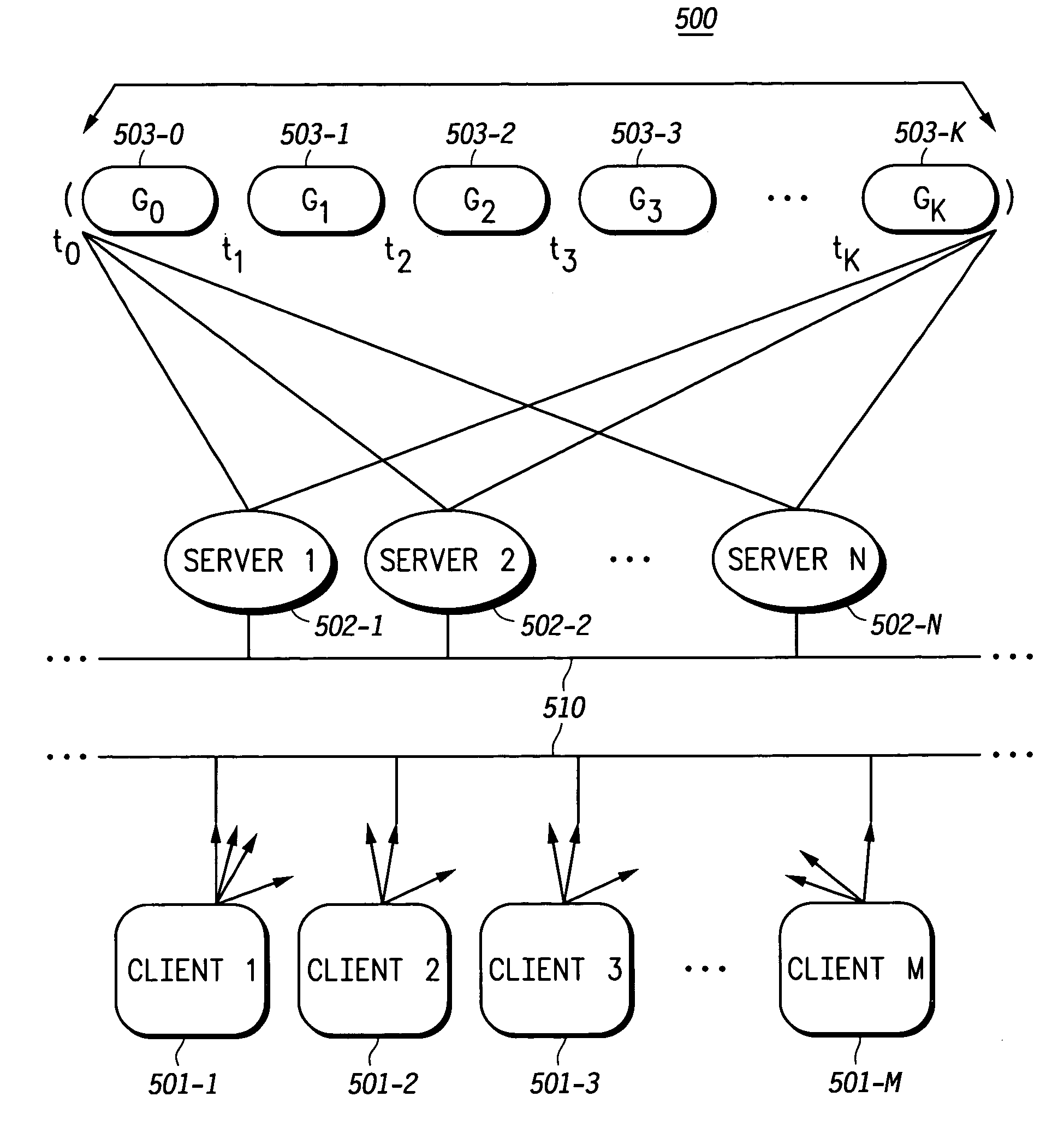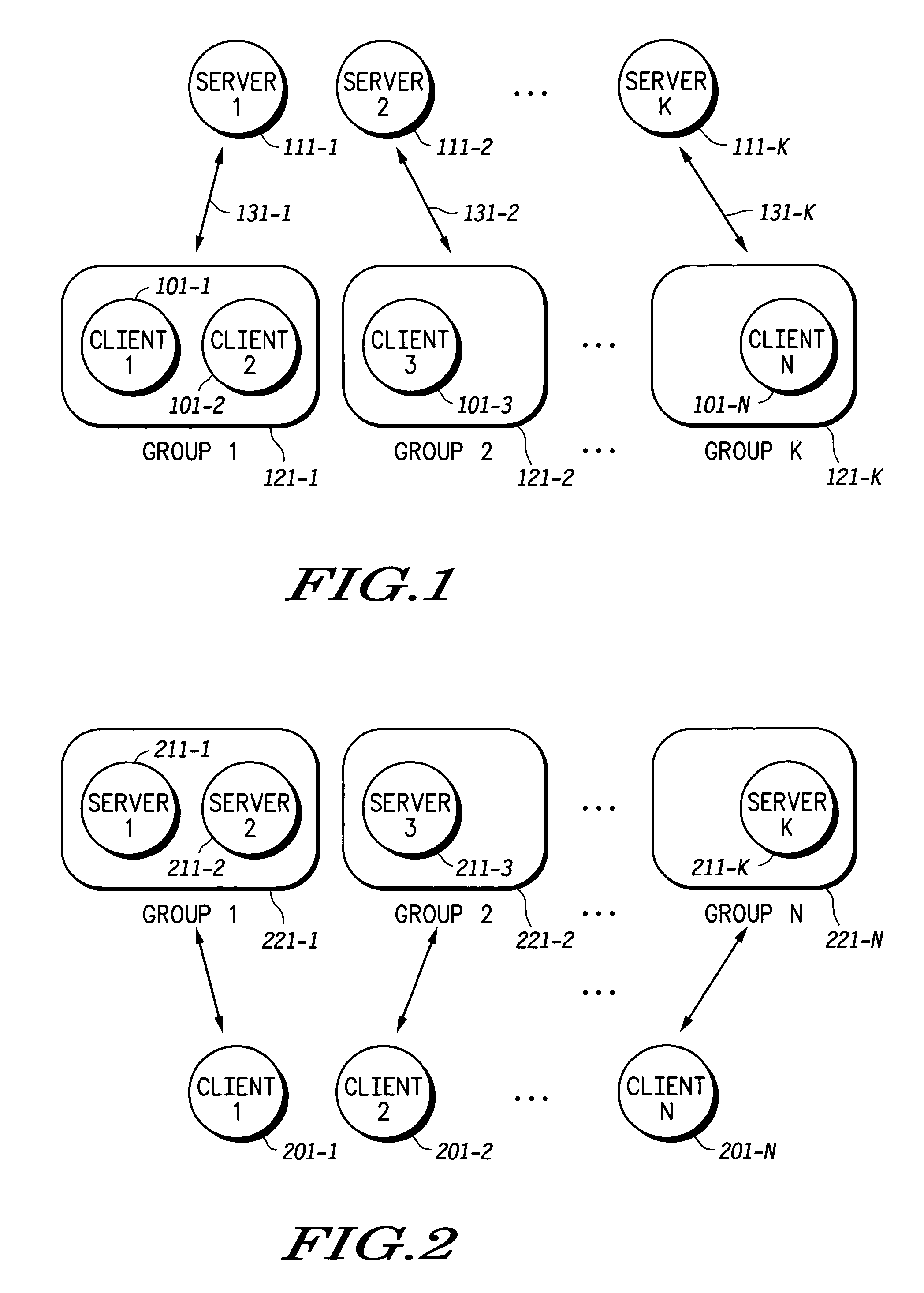A network of clients and servers with no load balancing mechanism is likely to exhibit unequal loading among the servers.
Some of the servers may be heavily loaded and some other may be lightly loaded or even idle.
A failure in a heavily loaded server will cause severe performance degradation.
In addition, load balancing increases the servers capacity and utilization.
Load balancing activity adds to the cost of a communication system.
Problems arise when the background load is liable to fluctuations, or there are jobs outside the control of the static load
distributor.
However, dynamic algorithms incur more overheads than their static counterparts by collecting, storing, and analyzing state information.
It can be as simple as comparing an instance load to a threshold based on the local load, or a more complex security issue such as the refusal of accepting new load due to security concern.
Preemptive transfers involve transferring a partially executed task along with its state (e.g., a
virtual memory image, a
process control block, unread I / O buffers and messages, file pointers,
timer that have been set, etc.) This can be very costly for the communication network traffic.
For example, the number of processes on a server may be completely irrelevant load metric as it does not provide any information about the contention for resources on that server.
In a communication network environment, clients and servers communicate through
wide area network (WAN) or
satellite network, the communication
delay has to be considered seriously.
This poses a difficult problem in most distributed systems because of the cost involved in collection and distribution of the load information.
There are also problems of reliability, update delays and even locating the state, any of which can result in out-of-date information being used to make
current distribution decisions.
If
polling is performed
on demand, it results in the most up to date information, but at a potentially high cost.
This could result in the job being delayed while waiting on the other servers to respond, and as the number of job arrivals in the system increases, there will be a corresponding rise in the network traffic.
The major problem is that information can become stale between updates, and result in incorrect job placements
There are a number of problems with this approach.
A broadcast type method may lead to an unacceptable amount of network traffic; in addition, all hosts receive the load updates whether or not the hosts are involved in
load distribution.
This reduces some problems associated with the broadcast method, as only members of a certain group receive the load information, but there still may be a lot of traffic.
An ideal but unrealistic way is to have each server send out a Load Update message to all clients every time its load changes.
However, this ideal practice will create lots of control messages and consume lots of valuable network bandwidth.
On the other hand, if servers do not update clients of their load frequent enough, a least loaded server based on clients' knowledge could be flooded with all the requests of services and it may be over-loaded before it can broadcast its load to all clients.
However, they may cause system
instability at high system loads.
When the system is heavily loaded, no server is likely to be lightly loaded, so a sender is unlikely to find a suitable destination server to share its load.
Eventually, the
workload that cannot be offloaded from another server, together with the overhead incurred by
polling, exceeds the server's
processing capacity and results in
instability.
Unless the sender-initiated algorithms can adapt to the system state, they are not effective at high system loads.
Consequently, the number of polls increases as the system load increases.
A drawback for such a
receiver-initiated
algorithm is the cost associated with the preemptive transfer.
The transfer of a request that is being executed in a preemptive transfer is quite costly on the CPU capacity.
One drawback for implementing the symmetrically initiated
algorithm is that the load distributing activities incur more overhead and computation for both the sender and
receiver servers.
From the queuing perspective, when the long-term arriving rate of tasks to a system is greater than the rate in which the system can perform work, the system is viewed unstable.
For example, if a load-balancing
algorithm performs excessive message exchanges to collect system state information, and the arriving load plus the
processing overhead incurred by the algorithm exceeds the service capacity of the system, the system will become unstable.
An algorithm is termed unstable if it performs fruitless actions indefinitely with nonzero probability.
Such a moving orphan task with its overhead can cause the algorithm to be in the unstable mode.
A small
client /
server system sometimes does not justify the need of a sophisticated load-balancing algorithm.
 Login to View More
Login to View More  Login to View More
Login to View More 


